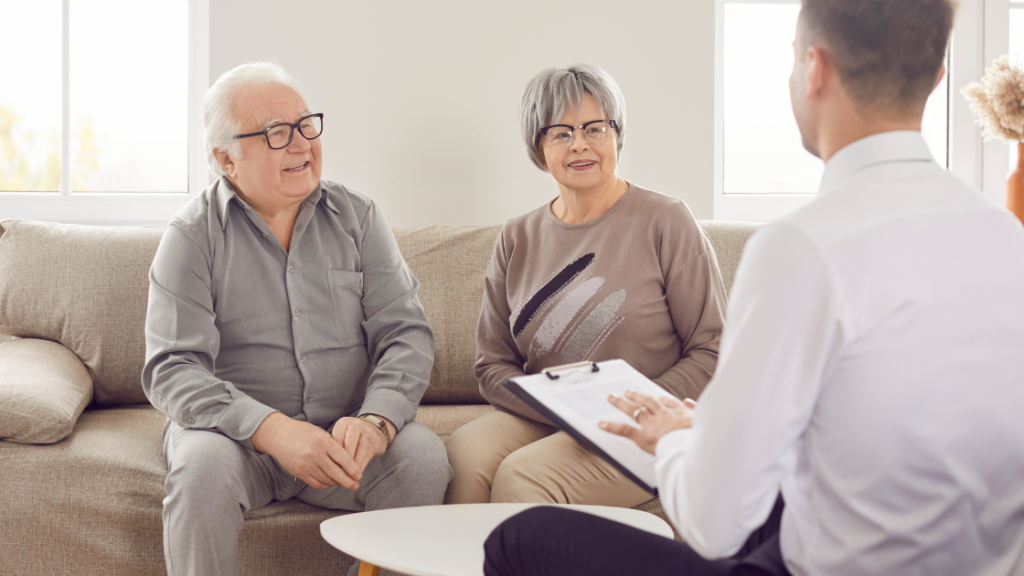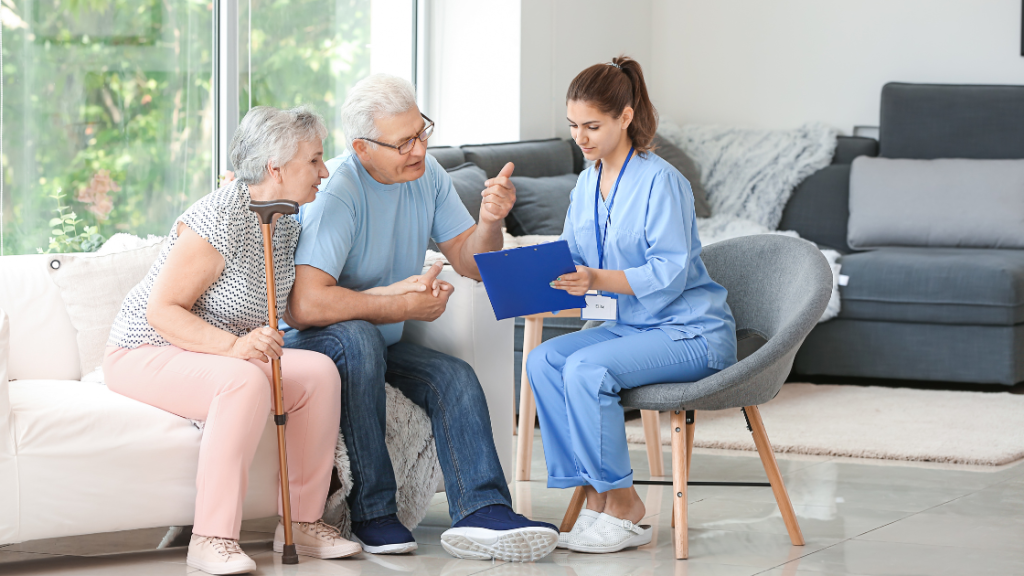Parkinson’s disease is a progressive disorder of the nervous system that affects movement and coordination. This disease can make your daily life very difficult. While there is no cure for Parkinson’s, there are ways to manage the symptoms at home to help improve the quality of life for those living with the disease.
Here are some measures you can take to manage the disease at your home:
Medication compliance
Medication is an important part of managing Parkinson’s at home. There are a number of different medications that can be used to help improve symptoms such as tremors, stiffness, and difficulty with movement. It’s important to work closely with a healthcare provider to find the right medication and dosage that works best for you.
Activities
Finding activities to do and staying engaged can be difficult for patients with Parkinson’s. Some of the symptoms such as tremors, balance issues and slowed movement behaviors can interfere with the activities a person enjoys doing. But it is important to establish a daily routine that includes regular exercise, which can help to improve motor skills and reduce stiffness. Activities such as walking, swimming, and cycling are all good options. It’s also important to include stretching and range of motion exercises as part of the daily routine. Activities like painting, listening to audiobooks, cooking, jogging, dancing, singing, gardening, etc. are also good options when dealing with Parkinson’s.
Diet
There’s no prescribed diet specifically for Parkinson’s Disease. But one should include a variety of whole grains, vegetables, fruits, and protein-rich foods in their mainstay meals to stay healthy.
Self-care
Self-care practices are essential to help you manage your symptoms of Parkinson’s. Some self-care practices are following a regular sleep schedule, a healthy diet, regular exercise, mental and physical relaxation, recreational activities, and adherence to treatment.
Assistive devices and technology
Performing tasks can get difficult with the passage of time. A wide range of assistive devices such as mobility aids (walker, cane), bathing and grooming aids (razor, shower chair), and hearing and visual aids are available that can simplify daily tasks and enhance the well-being of the patient.
Customized environments
You may consider modifying your home environment to enhance safety, comfort, and independence. Ensure safety measures such as reduced cluttering in walkways, adequate lighting, sufficient chairs, handrails on stairways, etc. throughout your home. These measures are essential to create a safer home environment that can lower the risk of Parkinson’s related injuries.
Seeking Support and being socially active
Another important part of managing Parkinson’s at home is to stay socially active. This can be done by staying in touch with friends and family, joining a support group, or participating in community activities. Staying socially active can help to reduce feelings of isolation and depression, which are common in people with Parkinson’s.
In conclusion, managing Parkinson’s at home requires a combination of exercise, diet, medication, social activity, and awareness of potential side effects. It is important to work closely with a healthcare provider to develop a treatment plan that works for you and to seek help when necessary. With the right approach, those living with Parkinson’s can improve their quality of life and live well with the disease.
Visit our LinkedIn page for the latest updates on our company, including exciting developments and new offerings. Stay informed and connected with us as we continue to grow and provide valuable learning opportunities for professionals in caregiving industries.




